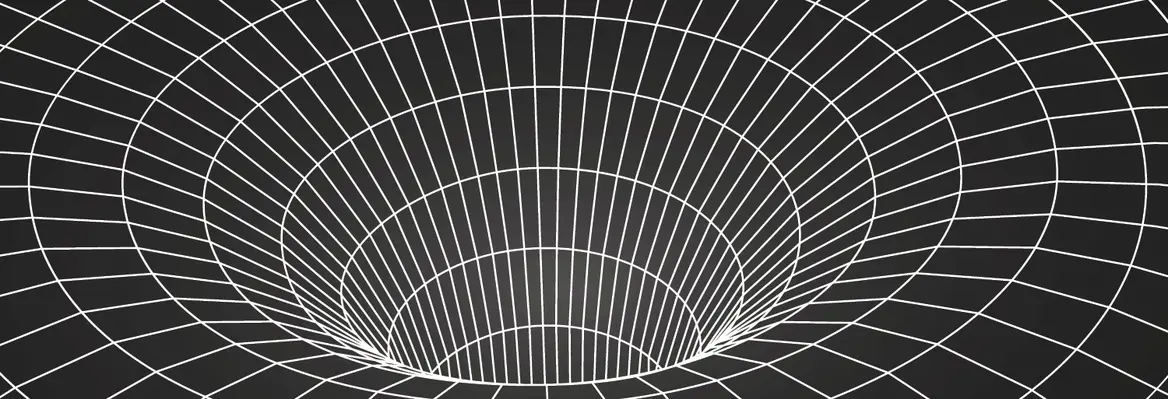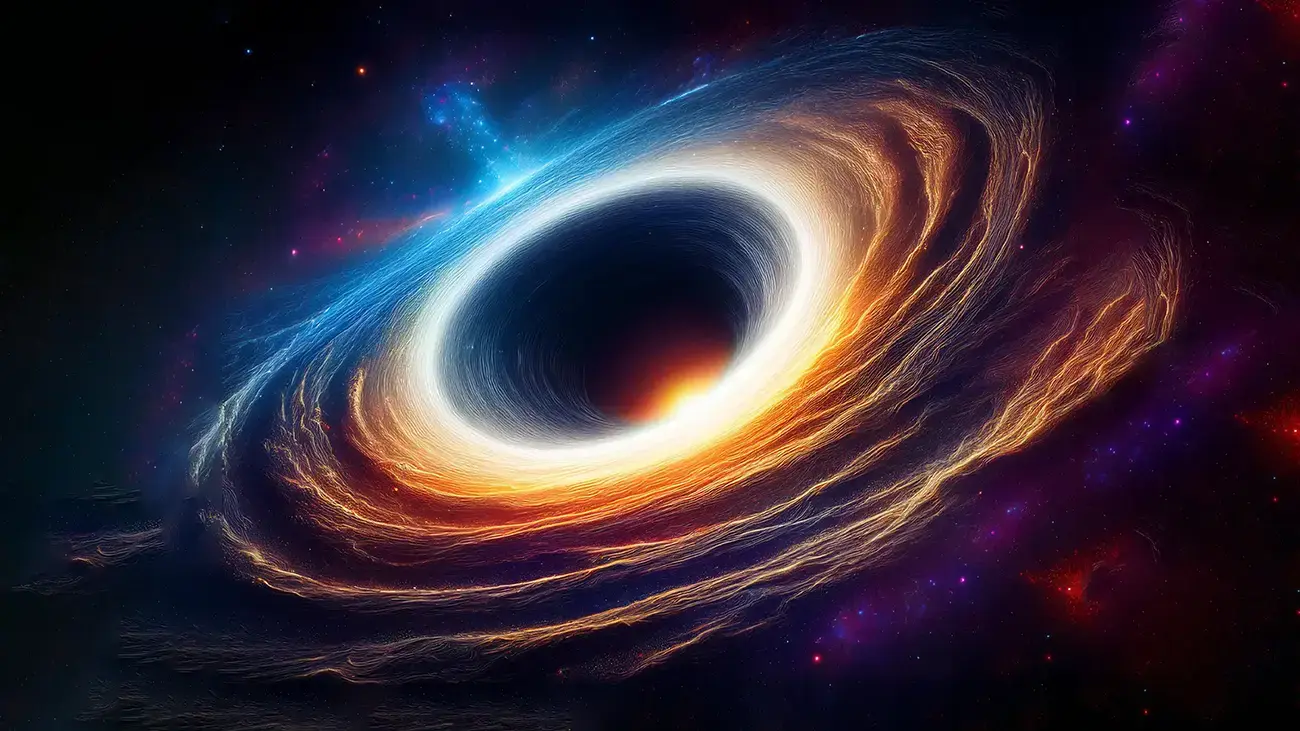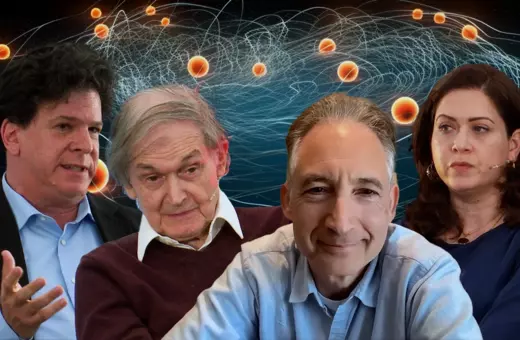What is real in our fundamental physical theories? University of Pittsburgh historian and philosopher of science, John D. Norton, argues answers lie in Einstein’s “hole argument.” Upon realizing his own argument’s error, Einstein came to emphasize a powerful method for distinguishing physical reality from mathematical redundancy: only elements of a theory that remain unchanged when we alter our mathematical descriptions correspond to real things in the world. Norton argues we also learn that the events of spacetime don’t form a “substance,” something with independent existence to other things in the world. Only by also specifying times and distances between events do we have the spacetime of our physical world.
What is real? What is not real? These simple questions have long exercised philosophers of science. Are there quarks? Are there black holes at the centers of galaxies? Really? If they weren’t real, wouldn’t the enduring successes of their sciences be something of a miracle? We have played this game before. How could there be no Absolute Space, no ether, no phlogiston, and no caloric to make sense of how heat flows? We were certain about them all, but then we learned that we were wrong. Perhaps we are wrong again. Debates over what is real at the most general level of scientific theories do still endure.
___
The theory itself can sometimes help us decide what is real in its domain.
___
When differences manifest in nothing observable, that fact has long been taken as a strong indication that the differences correspond to nothing real. In an intriguing episode in the history science, a new guide emerged. The theory itself can sometimes help us decide what is real in its domain. In 1913, Einstein used his “hole argument” to justify his then mistaken formulation of what would become his greatest achievement, the general theory of relativity. Einstein’s original analysis was mistaken since he attributed reality to differences that were invisible even to his theory. Given the fullest surrounding information, his emerging general theory of relativity could not decide which of several possibilities were to be distinguished as the real one. Einstein ultimately concluded that his theory could not distinguish which was real because both corresponded to the same reality. Thus, both had to be equally real. His analysis provided a new and powerful way for us to determine when theoretical differences correspond to nothing real.
The familiar cases: identifying what is real in our mathematical theories
Perhaps the most familiar example in theories of space of differences that correspond to nothing real concerns our choice of coordinate systems. When we lay out a Cartesian coordinate system in a Euclidean space, we identify the points of the space with suitable values of the coordinates x, y and z. There is a special point in this coordinate system: the “origin,” where x, y and z fall to zero. If we are too literal in our reading of these coordinates, we might say that this point is special. It has a preferred reality that distinguishes it from every other point in the space. It might be, we imagine, that space has a central point that is distinguished uniquely by this zero of the coordinates. It is not just an arbitrary label.






















Join the conversation